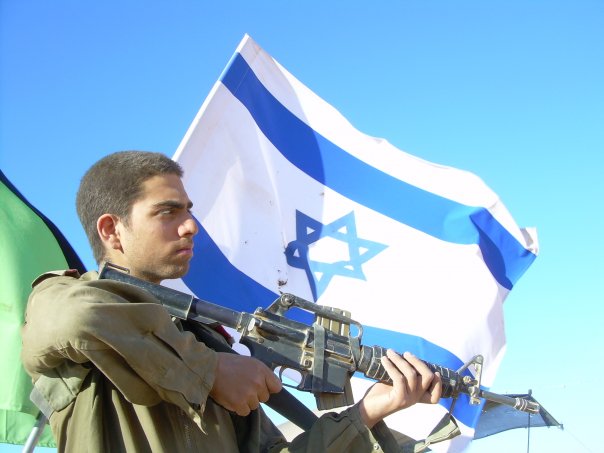A few years ago, when I had just started learning at Yeshivat Hakotel, I discovered something about the Old City of Jerusalem. Although I was residing there and had a bedroom in the Old City that I could call my own, I soon realised that I didn't quite have the same rights as most people around the world have.
The yeshiva year starts with the Hebrew month of Elul and continues to Tisha'a B'Av, just over eleven months later. Coincidentally, the month of Elul is when Sefardim start observing the Jewish custom saying Slichot, in preparation for the impending Days of Judgment.
And so, when living in Yeshiva, I quickly had to re-adjust to a reality in which my bedroom, that sanctum of calm and relative solitude, was regularly pierced by the sound of dozens of Jews traipsing their way through the Old City's central square, strumming guitars and pounding drums, as they made their way to the Kotel. Yes, this was my bedroom and I hoped to sleep properly, but I quickly came to the realisation that my bedroom was located smack in the middle of one of the world's greatest heritage sites. The right to quiet during the night is a given for most people, but not for residents of the Old City - certainly not during the Slichot period.
Interestingly, I happened to visit the Old City the Shabbat before Yom Kippur, as I was invited out to eat there. While I was there, somebody told all present that at midnight that night, the last night before Yom Kippur, there would be a mass Slichot at the Kotel. He explained that the last night of Slichot before Yom Kippur is typically the "Sefardi Slichot;" and that Rav Ovadia Yosef (Israel's Sefardi Chief Rabbi) would be taking part, and claimed that literally thousands of people would be there. I knew that he wasn't kidding, but the claim didn't really excite me all that much, as I'd been at the Kotel in previous years during Slichot and witnessed thousands of people filling the plaza.
I ended up going back to my home in Nachlaot; I had to get up in the morning and I didn't really want to be up till 2am. I took my normal route home, passing through the centre of town on my way. There were lots of people around, which was fairly normal. What wasn't normal was that as I got closer to home and walked down the street that mine branches off, Rechov Agrippas, I noticed lots and lots of people walking in the opposite direction to me.
There were all different types of people, and I was trying to figure out whether there was some big event going on in town that I didn't know about... and then it hit me. These people were all Sefardim and were headed in the Kotel's direction. It was the biggest, best night of Slichot and to many of these people, there was no question that they would be taking part.
Some of the people were religious, some not. Some men wore kippot on their head, some were bare-headed. Others elected to use a hooded top as a makeshift head-covering, and still more walked while clutching a Kippa which they would later don. The ladies were not exactly homogeneous, either. While some dressed in the Haredi way, covering up flesh and obscuring curves, many were wearing clothes that would be deemed entirely inappropriate and incongruous with the Haredim who frequent the Kotel on a regular basis.
By their dress alone, I would never have guessed that these people feel a connection to their religion at all. I pictured these people standing at the Kotel, wanting to make a link to their religion, and striving to forge a connection with God. It makes me happy to know that this country, secular as it is, maintains such a strong link to religion. People talk of the increasing Haredi demographic in an almost bitter way, but it gives me hope to know that the average "secular" Sefardi Jew connects so strongly to his roots.
Subscribe to:
Post Comments (Atom)






No comments:
Post a Comment